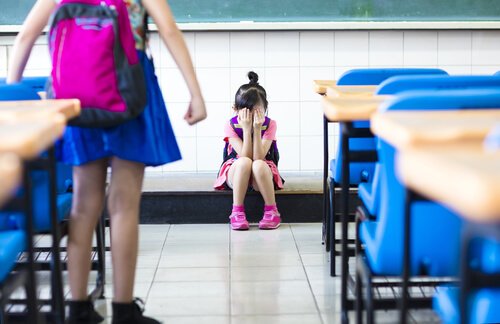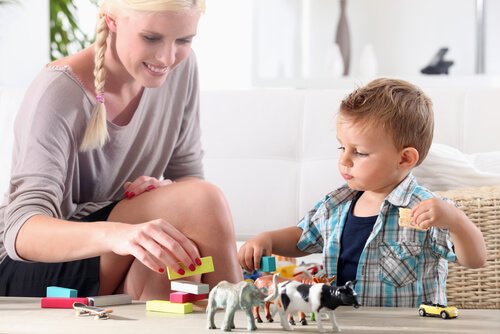10 Safety Rules Your Children Should Know

It’s important to teach your children certain safety rules from an early age. It’s normal and instinctive for parents to be concerned about their children’s well-being from the moment they’re born. This is especially true when it comes to their physical and emotional safety.
Although parents want to support and help their children as much as possible, it’s also important not to be over-protective. Your children will eventually grow up and have to face certain situations on their own. This is why giving them useful tools, like these safety rules, will come in handy.
10 Safety Rules to Teach Your Child from an Early Age
1. It is very important that your children know not to open the door when someone knocks, especially if they’re home alone. The same is true for the phone. It is better not to answer unless you have caller ID.
2. Teach your children to ask for help when they need it, especially if they might be the target of bullying. This issue is coming up for younger and younger children, especially for children with certain fears.
When children are on their own, they become a perfect target for an abuser. It is important to let your children know that asking for help is not a sign of weakness, but rather of intelligence.

3. Teach your children that their body should only be touched by themselves, and never by strangers. Hugs, kisses, and caresses should only be from people they already know.
Likewise, let them know that some parts of their bodies shouldn’t even be touched by people they know and trust, and that if that happens they should tell their parents immediately.
4. Another safety rule is to make sure kids know their home address and parents’ phone number. You should also teach them the emergency number for the country you live in.
It’s also a good idea to teach them that if they ever get lost, they should stay where they are, although they can ask an adult for help.
5. Teach your children to cross the street safely, using crosswalks and waiting for the light. It is also important to look both ways before crossing.
6. It is vital to teach your children the difference between right and wrong. Teach them never to keep secrets that make them feel uncomfortable, scared, or worried.
To help with this, it is important to provide opportunities to communicate openly with your children, without making them feel bad about anything that has happened.
7. When your children start using the internet, it is very important to teach them not to share personal information online, such as your home address, and never talk to strangers.
8. Teach your children not to accept rides from strangers, even if they claim to be a friend of their parents.
Similarly, parents and grandparents will pick up children from the agreed location, and if they are late, the child should wait.
9. A good defense technique is to teach your children to say “stop” or “leave me alone” when something bothers them. They should learn to say no firmly if they don’t like something.

10. Children should learn to play safely. Teach them not to put small objects in their mouths and not to play with things that have sharp blades. Likewise, they should never feel pressured if other kids want them to do something in a game that they don’t want to do.
In addition to safety rules, it is important for children to learn to finish what they start. Additionally, encourage your children to act in accordance with their own internal feelings, and not for your approval.
This way your children will learn to act for themselves, without being influenced by others, and even without worrying about what others say or think about them.
All the safety rules that you establish should be clear and have known consequences. You should act as an example, give advice, and be consistent in what you say.
All cited sources were thoroughly reviewed by our team to ensure their quality, reliability, currency, and validity. The bibliography of this article was considered reliable and of academic or scientific accuracy.
- García-Piña, C. A. (2008). Riesgos del uso de internet por niños y adolescentes. Estrategias de seguridad. Acta pediátrica de México, 29(5), 272-278. https://www.redalyc.org/pdf/4236/423640313006.pdf
- González, B. M. (2009). Taller para la detección de casos de abuso sexual infantil en niños de educación básica. Psicología Iberoamericana, 17(1), 24-37. https://www.redalyc.org/pdf/1339/133912613004.pdf
- Mariscal del Villar, S. (2000). Prevención del abuso sexual infantil. Revista ciencia y cultura, (8), 107-109. http://www.scielo.org.bo/scielo.php?pid=S2077-33232000000200012&script=sci_arttext
This text is provided for informational purposes only and does not replace consultation with a professional. If in doubt, consult your specialist.








